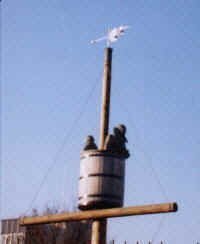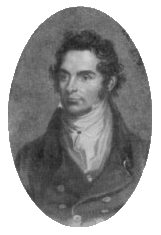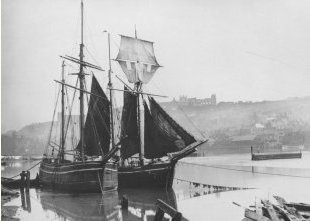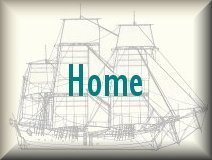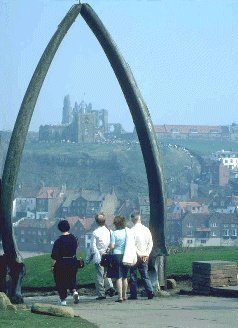|
William Scoresby senior was born in 1760 in the village of Cropton, 20 miles south west of Whitby, on a small farming Estate called Nutholm. His attendance at school was rare because of the distance from is home and the weather condition encountered. At the age of 9 his father removed him from school to work on the farm later he went to work at another farm where he was treated so badly he decided not to work in the farming profession that is father wanted him to purse. He run away to Whitby in the winter of 1779 and secured from Mr. Chapman a Quaker a three year apprenticeship on the ship "Jane" as the ship was laid up fro the winter he returned to home to the farm and studied all he could for his new job being interested in navigation. He returned to Whitby in march 1780 to help with the refit of the Jane at the beginning of April the Jane put to sea encountering a storm of the coast of Norway. this nearly wrecked the Jane. 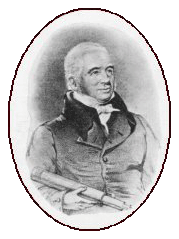
William Scoresby make two further voyages with the Jane before leaving to join the government cutter the Speedwell sailing with stores for Gibraltar. Off the cape of Trafalgar the government cutter became an enemy prize Scoresby along with another sailor escaped reaching the coast and stowing away on an English ship that was there exchanging prisoners of war. Returning home he Married the daughter of a yeoman farmer one Mary Smith they has three children Mary, Sarah and William (Junior). In 1785 he returned to the sea on board the Greenland whaler "Henrietta" under Captain Crispin Bean and by the time he went on his sixth voyage he had risen to second officer, the "Specksioneer". This title of Dutch origin meant the officer in charge of fishing apparatus and chief harpooner. In 1790 Captain Bean informed the ships owners that he would be retiring and suggested Scoresby Senior be his successor and was appointed the Captain over the protest of the crew. On his next voyage Scoresby experience numerous mutinous events. The next voyage Scoresby insisted that he would pick his own crew his careful choices paid off and he returned to port having caught eighteen whales by far the biggest catch in Whitby.
Monument to Scoresby in Whitby In 1776, the British Government had offered a reward of £ 10,000 to anyone who could penetrate north of 89 degrees, this was East or West of the Berring Straits. Whilst Scoresby (senior) did not gain this prize, he did reach beyond 81 degrees in 1806, breaking through the ice at Spitzbergen. In 1810, Scoresby (senior) joined three Greenock businessmen to form the "Greenock Whale and Fishing Company" of which he was appointed manager. In 1814, Scoresby (senior) retired from the company. He remained ashore until 1815, then purchased the ship "Mars" which he commanded for the next two whaling seasons. Another year of retirement followed and he then purchased with his own savings, a teak built ship called "Fame". The fitting out of the ship was delayed as there was the possibility the Government wanted use of her, but this did not materialize. The Fame was ready for sea for the 1818 whaling season, with Scoresby (junior) in command, sailing from Liverpool but returning to Whitby. The following Spring, Scoresby (senior) resumed command and moved the Fame, which had more draught than any of the ships he had sailed, to the deeper waters of Hull. Fame had four more voyages and in 1823 proceeding as far as the Orkneys, when she set on fire and was totally destroyed. Captain William Scoresby (senior) had just seen his career at sea come to an end.
|
